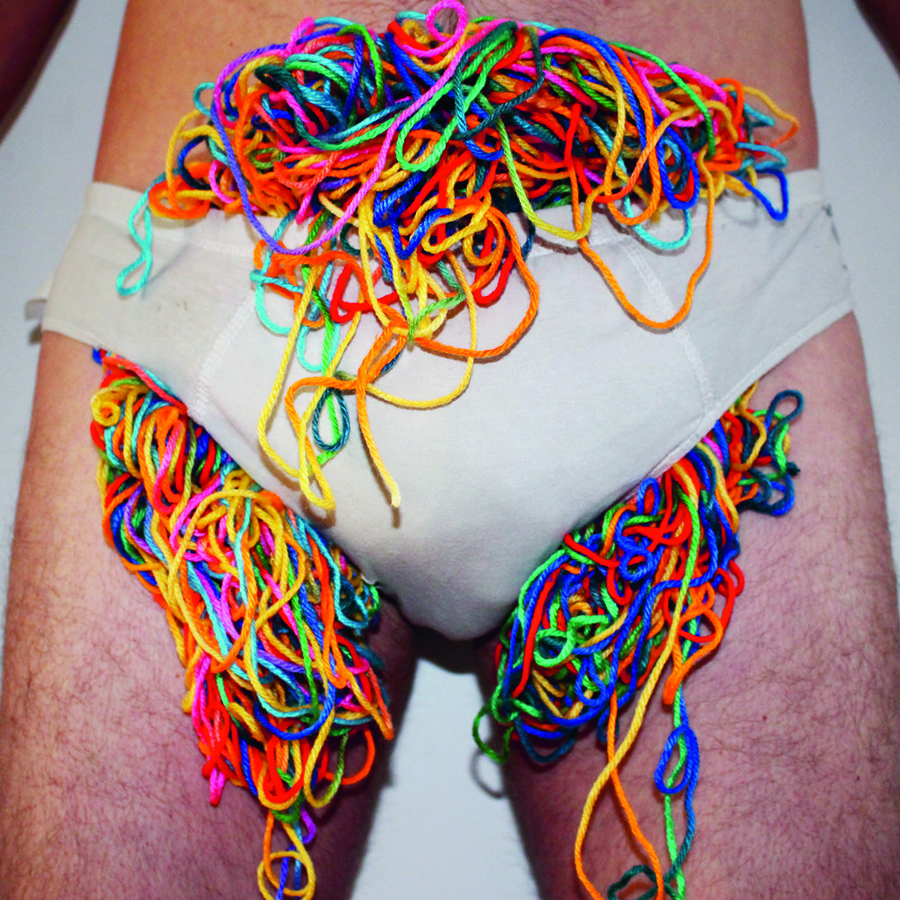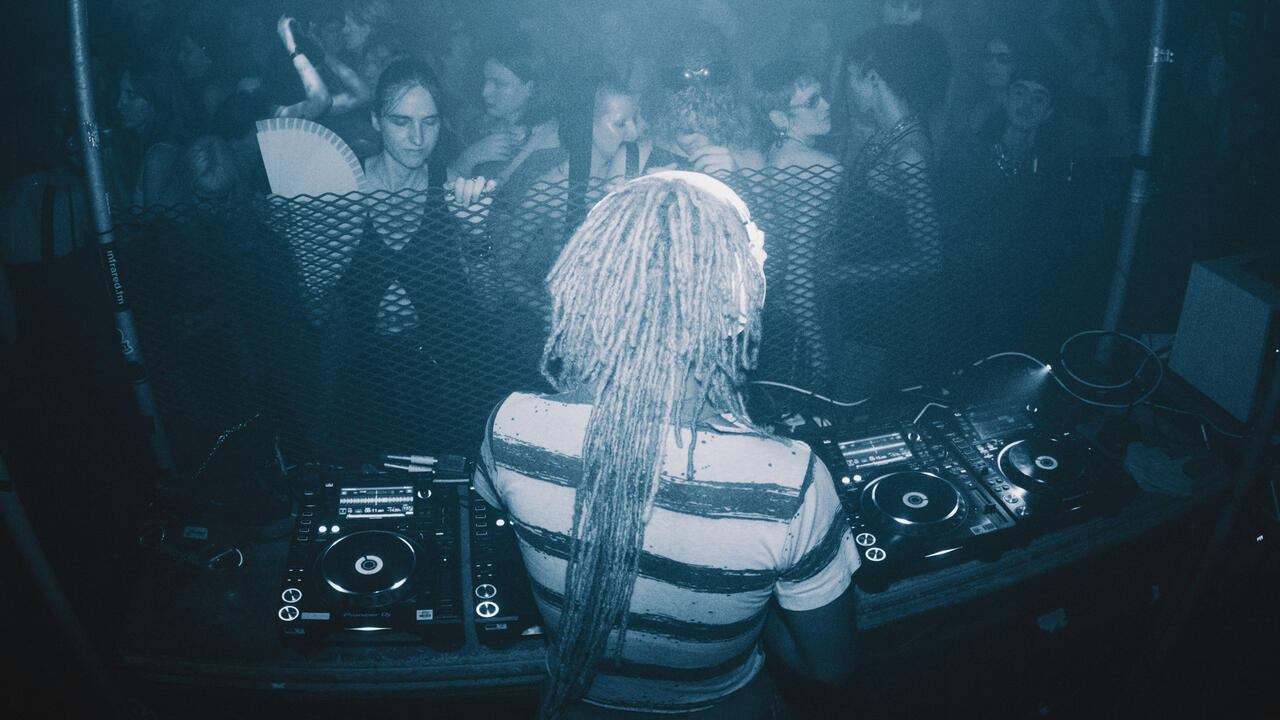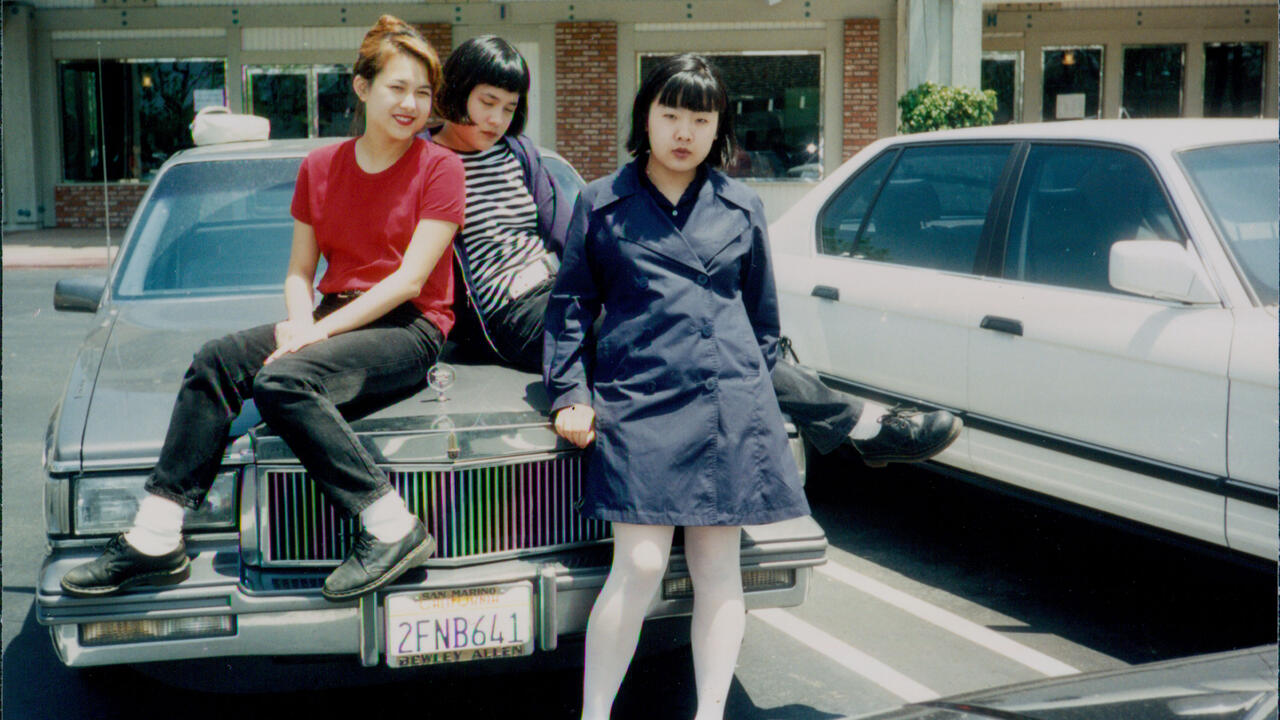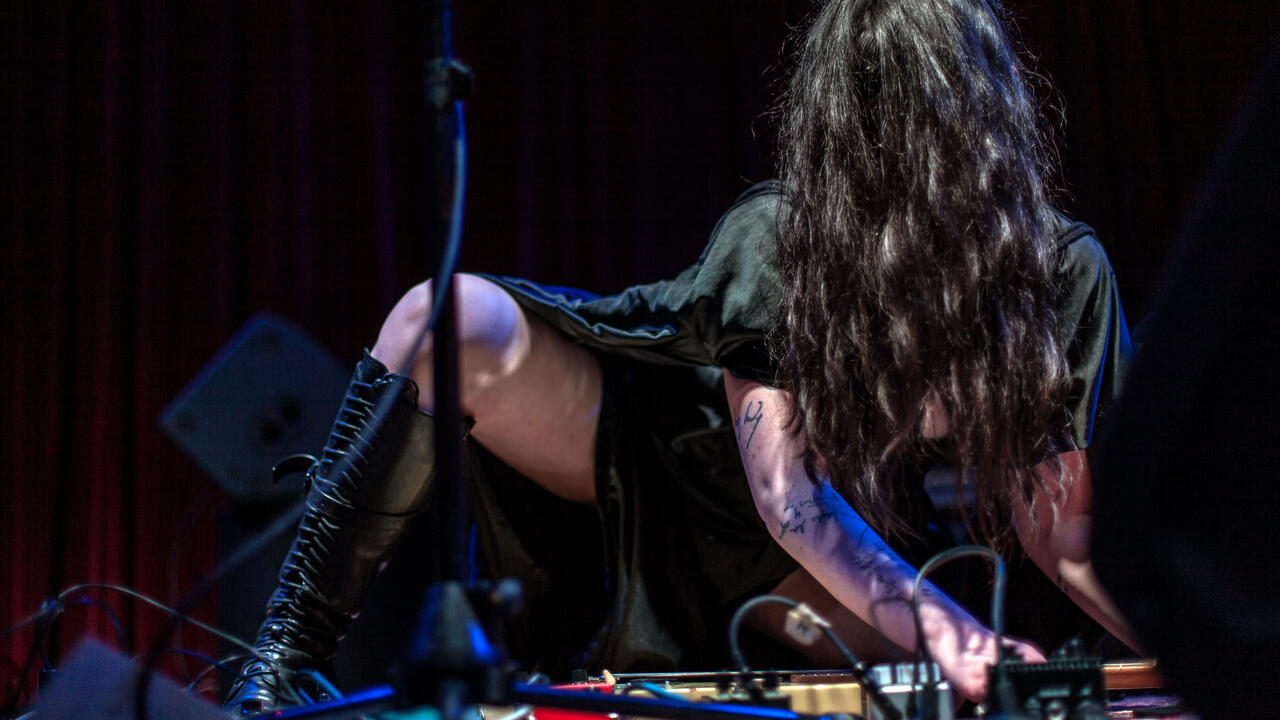Just Can't Get Enough
Why the 40-year-old Mute record label remains an enigma
Why the 40-year-old Mute record label remains an enigma

If you asked me to name my favourite record labels, I’m not sure Mute would spring to mind immediately. But, perusing the book Mute: A Visual Document from 1978 → Tomorrow by Terry Burrows (with Daniel Miller) – a celebration of 40 years of the British independent – I was stunned by just how many artists I’ve loved had been signed either to Mute or to one of its subsidiaries: Add N to (X), The Birthday Party (and offshoot Nick Cave and the Bad Seeds), Butthole Surfers, DAF, Dinosaur Jr., Sonic Youth, Mark Stewart, Wire, World Domination Enterprises, The Young Gods, among many others. There’s a subdued neutrality to Mute’s brand identity – crystallized in its sleek and compact four-letter name – that has ensured a low profile even as some of the label’s groups, such as Depeche Mode, topped the charts.
Mute belongs to a cluster of British independent labels that emerged during the post-punk late 1970s. All favoured artist-friendly deals, based on handshakes rather than contracts, in which the profits were split 50/50 after recording costs had been recouped. But Mute’s peers have mostly benefited from a stronger public image. In addition to flagship groups Joy Division and New Order, as well as charismatic loudmouth boss Anthony H. Wilson, Factory Records in its prime possessed a unified design aesthetic, art directed by Peter Saville, and a stark, cavernous production sound created by Martin Hannett. Likewise, 4AD worked through the seductive homology between its ethereal music – bands such as Cocteau Twins and Dead Can Dance – and the stylish packaging (designed by Vaughan Oliver) wrapped around it. Rough Trade’s aura came less from the sound or the look than from the label’s centrality in alternative music culture, achieved through its record shops (vibrant hang-outs stocked with edgy and obscure import records) as well as the distribution network it did so much to establish. Enigmatic almost to the point of seeming characterless, Mute nonetheless has trounced its friendly rivals in the only contest that matters: propelled by stronger and surer A&R instincts over the long haul, it has simply put out way more important and diversely interesting music.

Which is ironic, given that Mute started by accident. Founder Daniel Miller’s intention was just to put out a tiny pressing of his debut single under his recording name, The Normal, and leave it at that. But because records customarily come out on record labels, Miller duly came up with a name, choosing Mute because he worked in film editing and constantly saw that word on equipment controls. On the back cover, Miller slapped the address of his mother’s house, where he then lived and where the song ‘T.V.O.D.’ was recorded. On its release in April 1978, the single was unexpectedly successful, largely thanks to its B-side, ‘Warm Leatherette’: a thrillingly spartan jolt of DIY electropunk with a lyric inspired by J.G. Ballard’s 1973 novel Crash. Selling more than 15,000 copies meant Miller had money to play with. It also led some of his new fans to take Mute’s existence as more than the formality he’d intended. Demo tapes started to pour through his mum’s letterbox. The first tape to impress Miller enough that he wanted to release it was from Frank Tovey, who, under the name Fad Gadget, merged macabre electropop and confrontational performance art.
Miller soon became too involved with running his inadvertent label to continue with music-making. One of his last forays was Silicon Teens, a fictitious boy-girl synthpop quartet. Photographs of Jacki, Paul, Diane and purported frontman Darryl (played by Tovey) were circulated to the press but, from the drum machine beats to the vocals, it was all Miller’s work. Silicon Teens’ 1979 debut – an electronicized cover version of Chuck Berry’s 1959 ‘Memphis, Tennessee’ – was a sly conceptual joke. If Mute was founded on anything, it was the absolute rejection of all things rockin’, rootsy and Route 66-y. Instead of the US, Mute looked to Europe and, in its first decade, the label signed German musicians DAF, Holger Hiller and Liaisons Dangereuses, as well as Slovenian band Laibach.
Mute is mostly synonymous with Depeche Mode. They were initially a real-life, all-boy Silicon Teens: cute-as-a-button Basildon youngsters whose electro-jingles bounced their way into the UK Top Ten. When tunesmith Vince Clarke quit – to form first Yazoo then Erasure – everyone thought Depeche Mode would fade away. Unexpectedly, they matured into a group of real substance, artfully walking a line between the dark experimental margins and the brightly lit mainstream with hits including ‘Master and Servant’ (1984), ‘Blasphemous Rumours’ (1984) and the anti-Thatcher lament ‘Everything Counts’ (1983).
Hugely successful worldwide, the band are loved most fiercely in central and Eastern Europe. In Germany, there are apparently such things as Depeche Mode raves: all-night dance parties soundtracked by nonstop Mode. In Tallinn, I once stumbled on the DM Bar, which boasts a menu of cocktails named after the group’s most famous songs. These countries’ fervent embrace of Depeche Mode is a form of karmic return for Mute’s Europhilia, magnified by several powers. The band’s revenue flow helped to bankroll Mute’s adventurous signing policy for over three decades.
If Mute was founded on anything, it was the absolute rejection of all things rockin’, rootsy and Route 66-y.
A trap that Mute’s post-punk contemporaries often fell into was signing bands similar to their most famous group: see Factory with Joy Division or 4AD with Cocteau Twins. But Miller shrewdly diversified, signing such apparently un-Mute-like entities as Nick Cave and the Bad Seeds, who steeped themselves in gothic Americana, and partnering with noisy-guitar imprints such as Blast First (the UK home of Sonic Youth and Dinosaur Jr.) and Product Inc. (Pussy Galore and Swans). A more logical evolution and expansion came in the early 1990s when Mute embraced house and techno through an alliance with Rhythm King and the founding of its own Novamute imprint. Miller was also quick to move into the burgeoning field of re-issues. More than a decade before the rediscovery of post-punk in the early 2000s, Mute secured the archives of pioneering industrial outfits Cabaret Voltaire and Throbbing Gristle. Especially pleasing to Miller must have been the opportunity to curate the catalogue of the experimental Krautrock bands Can and Kraftwerk, which he’d loved in the pre-punk era.
Mute’s 40th anniversary definitely warrants a loud fanfare, although I’m not sure I would have opted to publish a deluxe book of the label’s artwork. Miller made a point of not subsuming his artists within an overall design aesthetic. The earliest releases on the label did have a defined DIY look, thanks to designer Simone Grant, who used Letraset typography for The Normal and graph paper for Silicon Teens. But, as the roster grew larger, visual continuity cohered at the level of an individual artist’s discography rather than Mute as a whole. Depeche Mode, for instance, formed a long relationship with the photographer Anton Corbijn, who shot most of their record sleeves and a high proportion of their videos too.
Caked with ephemera – not just record sleeves but adverts, posters, master tape labels – Mute: A Visual Document is an attractive object, both in content and structure. It’s debatable whether the world is a better place for having all of Erasure’s covers gathered in a single spot, although they do perfectly match the music’s blend of garish and bland. But it’s great to be able to gawp at Laibach’s pokerfaced parody of totalitarianism paraded across dozens of sleeves or inspect Simon Granger’s constructivist-inspired artwork for Nitzer Ebb without listening to either group. Turning on the mute button, this book allows you to feast on the vision while enjoying the silence.
Main image: Yeasayer, Amen & Goodbye, 2016, album cover designed by David Altmejd and photographed by Steven Brahms. Courtesy: Mute Artists Limited





















